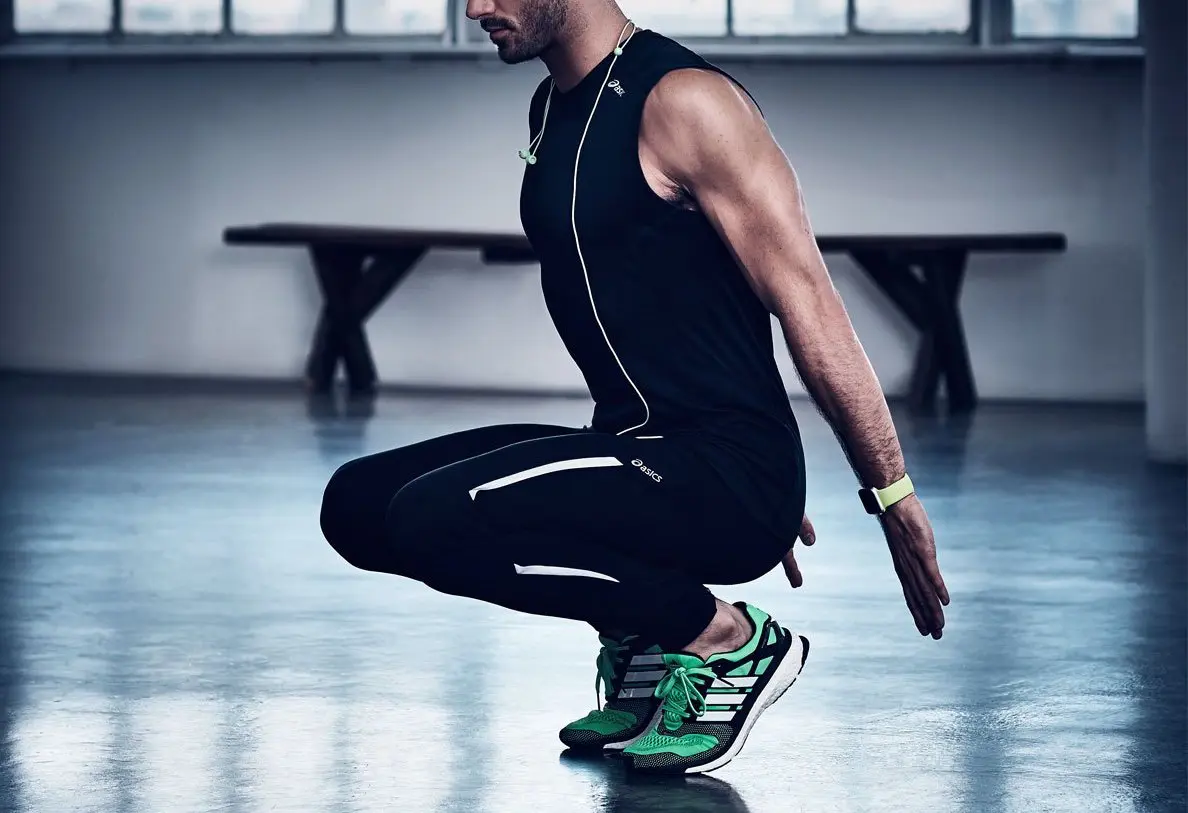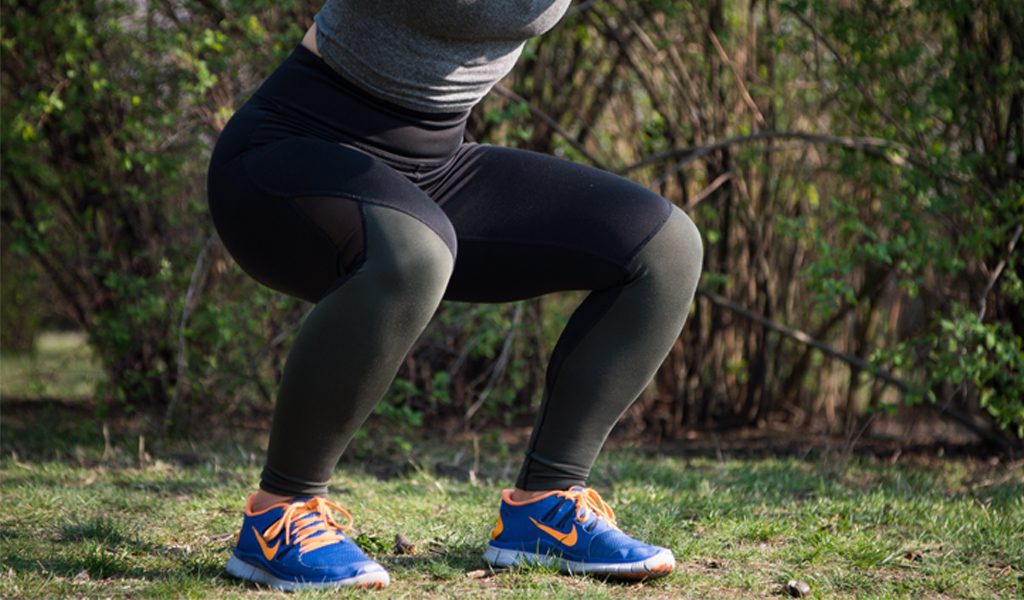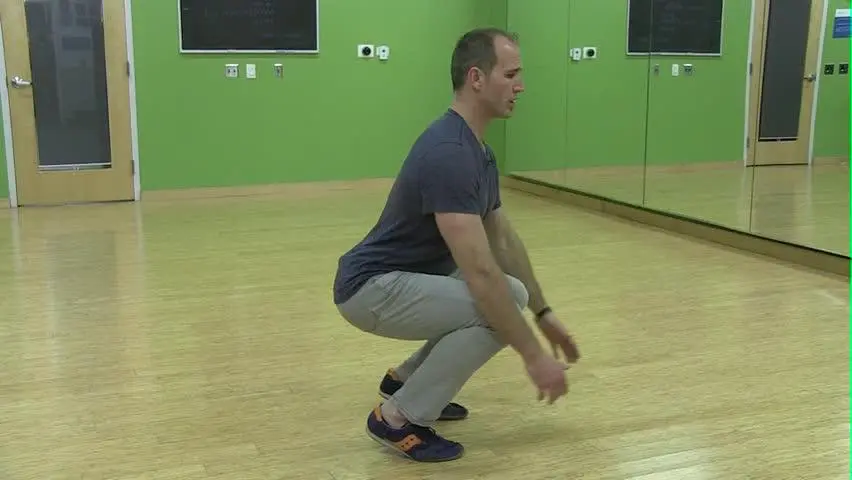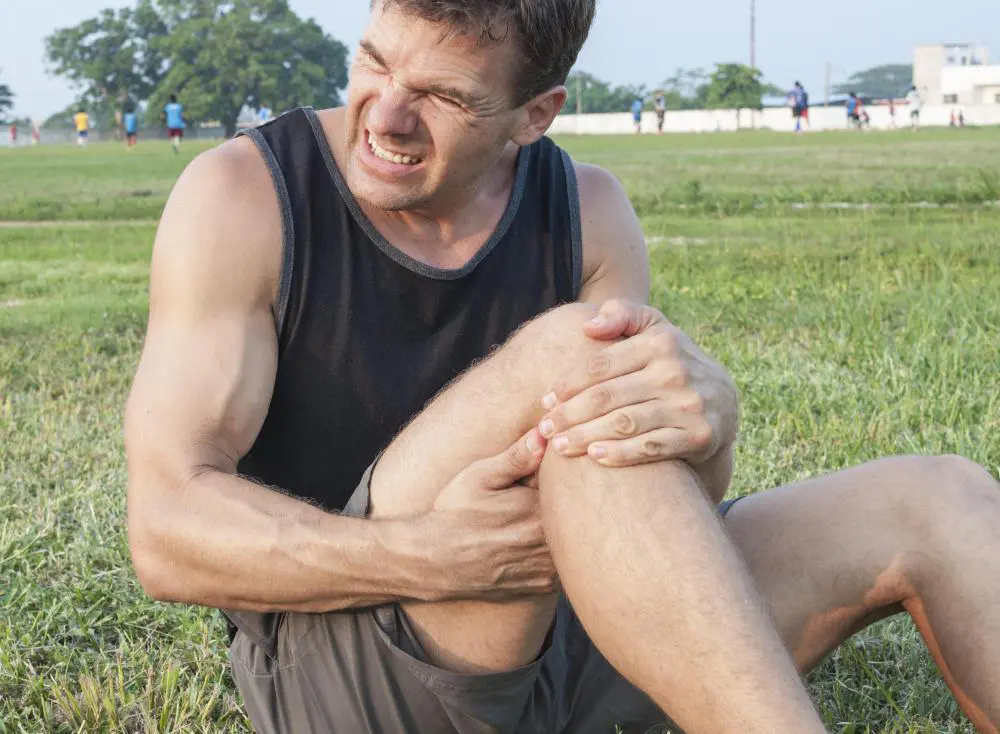
The best online fitness resource you'll ever need. We filter out the BS to ensure you meet your health and fitness goals!

The best online fitness resource you'll ever need. We filter out the BS to ensure you meet your health and fitness goals!

The Hindu Squat is one of the most interesting, effective lower body exercises available to athletes. Whilst all squats are powerful leg builders, lending improvements to strength and added hypertrophy to even the most experienced of lifters, the Hindu Squat stands out from the rest for a few very good reasons.
As with other squats, the Hindu Squat is great for targeting the quads, glutes, lower back and hamstrings. It is also a potent aerobic exercise and will function both as a good way to blow out your first lung as part of a comprehensive warm-up, or as a way to finish yourself off at the end of a training session.
Hindu Squats have been used throughout their history as a gymnastic and strength building component of Hindu wrestlers’ training regimens across India. Descriptions of Hindu Squats can be found in sources dating back several centuries. Hindu epics like the Ramayana include references to them, testifying both to their early popularity and their lasting longevity.
The core of the wrestlers’ hypertrophy and strength development was built around both Hindu Squats and pushups, using their own body weight as a ready form of calisthenics. This would be combined with other heavy, functional work like grappling, ditch digging, weighted carries and climbing. In this way, they could condition themselves, strengthen their bodies, and prepare themselves for the rigors of the ring.
If you think CrossFit is new, think again. Hindu wrestlers have been crossing disciplines and types of workload for centuries!
As well as the benefits that are unique to Hindu Squats that this article will cover, there are some benefits to the kind of large compound movements that squats in general represent that are worth noting from the off.

Whatever your reasons for performing an exercise- cardiovascular, hypertrophy, strength, endurance, and so forth- there will be a time and a place for single joint (isolation) moves and for multi joint (compound) moves.
Isolation movements only work one joint and at most a couple of muscle groups at a time (hence their name: they isolate specific areas.) They are great for hypertrophy and for bringing individual muscles up to strength.
For isolation work, think of hamstring or biceps curls. You have one joint moving (here, the elbow or the knee) and one main muscle working (the biceps or the hamstring, respectively.) Both concentric and eccentric portions rely mostly on these few muscles, meaning that maximal load is going into them and growth will be elicited.
Compound movements are a different beast entirely, and squats are one of the greatest compound movements going. Compound exercises use multiple joints and muscle groups (some arguably use all joints and muscle groups, to one degree or another.) For example, squats use your hips, knees and ankles; they use your quads, hamstrings, glutes, abductors, adductors, core, lower back… and these are just the main movers.
There are several main benefits common to all compound movements, squats included.
These benefits are all present to an impressive great degree with Hindu Squats. They are efficient and hard, demanding a great deal of energy; they don’t take much time, they work your coordination, and they recruit an awful lot of muscle mass; they bring your heart rate up incredibly high and keep it there for the duration of your workout.

If you’re used to more conventional squat forms, the Hindu Squat won’t be too steep a learning curve for you. However, there are some very specific differences that will still challenge you, so ready yourself to be pushed.
There are a couple of things that really stand out with the Hindu Squat, giving it its own place as a separate, utilizable exercise alongside other, perhaps more commonly seen leg exercises.
First is the tremendous amount of stress that Hindu Squats place on your quads, above and beyond what would be experienced with a conventional squatting technique. Bringing your weight onto your toes, and thus shifting your centre of gravity forwards and removing a great deal of natural stability, you place the load much more emphatically onto the front of your quads.
If you’ve ever gone up to any kind of resistance on the hack squat, this sensation won’t be entirely new to you. However, with the Hindu Squat, the effect is usually achieved at much lighter loads, with a greater emphasis on control. The coordination and balance needed to perform them correctly makes Hindu Squats one of the greatest ways to train lower body stability and proprioception: if you can complete them to any kind of volume, you know that your balance is far from lacking.
Even if you’re quite used to squatting, the Hindu Squat will be a challenge when you first begin- as many die-hard squatters have found to their great embarrassment. Your breathing patterns will need to be completely on point so that you can balance, synchronising each breath perfectly with the movement. Your joints will need to be smoother and more supple than with other squats, allowing you to stay firm whilst giving you room to maneuver as your body requires. Your ankles will have to take a lot more than usual, as will your feet, meaning that rarely worked motor movements will suddenly be lit up.
It’s a challenge to begin Hindu Squats, whichever way you look at it.

Aside from the mechanics of performing the movement itself, many new Hindu Squatters will be shocked by the volume of work required. Most bodybuilders will be used to squatting and leg pressing anything from 8-20 reps. Strongmen will be looking at anything up to 8, whilst Olympic- and powerlifters will be looking at the low end, often hitting single rep sets on a regular basis.
The Hindu Squat will be a rude awakening, as practitioners are advised to go for dozens, if not hundreds, of reps per set. Thousands of reps per day is considered completely normal in certain circles.
Of course, this is because the stress of each individual squat is much lower than it is when you’re squatting multiples of your own body weight on a barbell. However, this doesn’t make it easy. You can ready yourself for the best (or perhaps worst!) pump in your lifting career if you want to try out Hindu Squats. You will also realise why it’s such a great aerobic workout- the cardiovascular strain of knocking out so many reps is really quite profound.
We’ve already touched upon the benefits in brief. Hindu Squats work your quads, glutes, calves, hamstrings and abs even as they help you to improve posture, balance and coordination. In addition, the high rep ranges mean that Hindu Squats are great for conditioning, or as a workout finisher.
If you’ve got a squat day coming up, why not try hitting a few sets of 50-100 after the heavy barbell work is done? Your cardiovascular system will thank you, and the increased time under tension will lead to a great leap in hypertrophy.
Hindu Squats put the emphasis into your quads and glutes in a way that regular squats may not. If you want to strengthen these muscles, or increase hypertrophy, Hindu Squats can be of great benefit.
In addition, your squats and deadlifts will see an improvement in stability and coordination, as will many other athletic feats. The ability to balance as you work, keeping strong, stable ankles and maintaining a firm core with your centre of gravity under your control is invaluable: if you ever get shaky or wobbly on the squat or any other movements, this style of proprioception and mind-muscle training is a must.
Finally, heavy squats are great: they have multiple benefits and can be used to fit multiple aims. However, you need a professional squat rack, a good barbell and plenty of plates to make them work. This is fine if you have access to a well-equipped, relatively empty gym. However, there will be times when you need to work your legs and access to equipment is limited.
Hindu Squats are perfect here. Like other calisthenic movements, they require no kit and no special equipment. You just need yourself and enough room in which to squat.
As with all squats, in varying proportions and intensities, the following muscles will be worked during a Hindu Squat. Once more, we have been through these already, but as a comprehensive list, you can expect to be recruiting the following muscles into your routine with Hindu Squats:

There is a good chance that if you perform Hindu Squats, you will feel a great deal of popping in your knees (at least for the first fifty or so reps.) But are they bad for your knees, as many detractors seem to suggest?
Well, maybe… perhaps, but probably not. This is as equivocal an answer as you’re going to get, for a very good reason.
If you do Hindu Squats with good technique and solidly executed form, and if you have no pre-existing medical conditions or injuries, then they are good for your knees. They will help to strengthen the muscles and soft tissue around the knee joint. That popping noise is synovial fluid entering into the joint. Synovial fluid is the body’s answer to WD40 and lubricates joints to keep them smooth, healthy and comfortable.
You should, therefore, end up with healthy, happy knees from performing good quality Hindu Squats where all else is equal.
However, if you don’t take the time to learn proper technique, if you rush into a poor facsimile of the real deal, then you could end up in trouble. You could push your knees into ranges of motion that are unsuitable and you could place them under a load they cannot deal with.
If you have any pre-existing medical condition then it is highly advisable to seek medical advice before trying Hindu Squats.
If you are heavy, with a body fat percentage of 30 or so and above, it may also be inadvisable to begin Hindu Squats. Use an appropriate diet and exercise to bring your body fat levels down, then begin them.
If in doubt, always remember to ask your doctor.
If you do have any mobility issues, or pre-existing injuries, there are ways in which you can modify the Hindu Squat to better fit your goals and allow for more comfortable, safer movements.
This has hopefully run you through everything you need to know about Hindu Squats: how to do them, why to do them, and the muscle recruited throughout. Play around with them, either basing your training around them as an exercise in their own right or else incorporating them into an existing lower body routine to increase volume and make use of the plethora of benefits available.